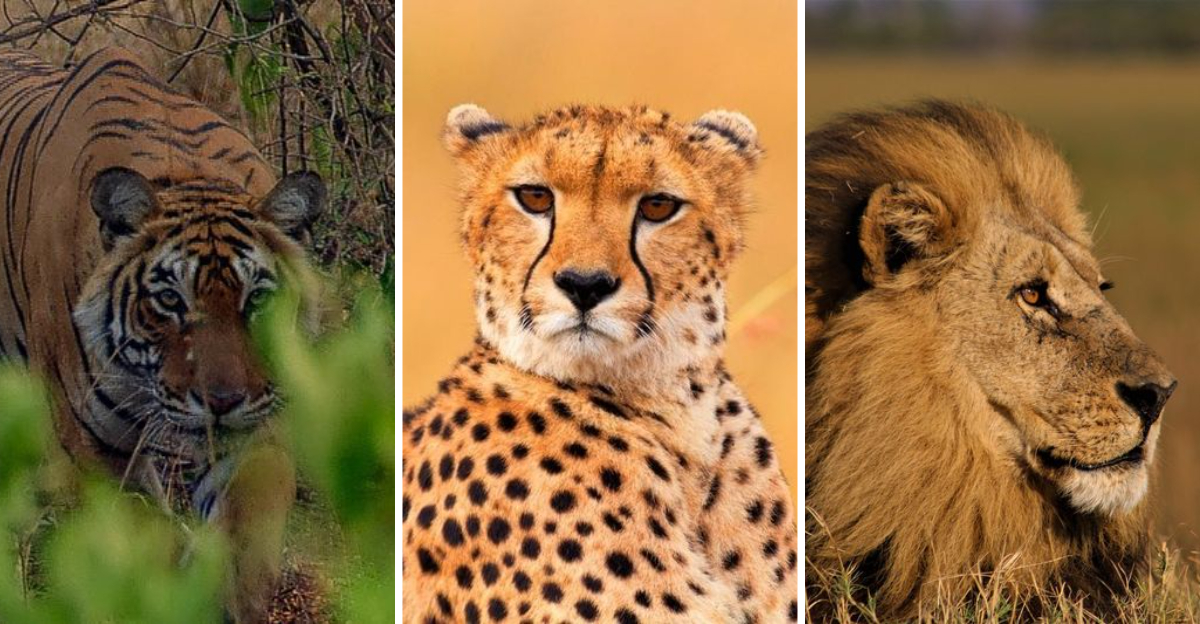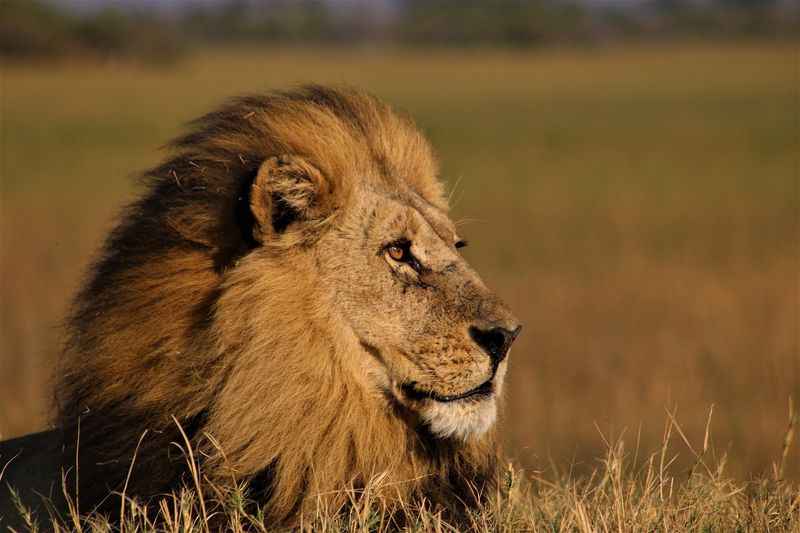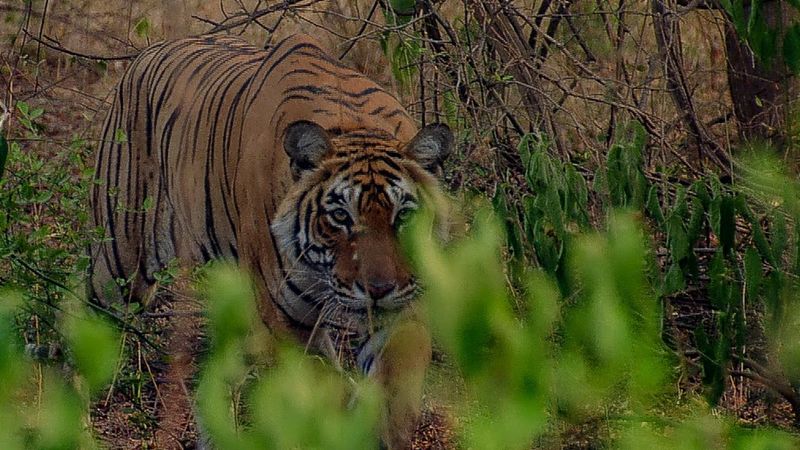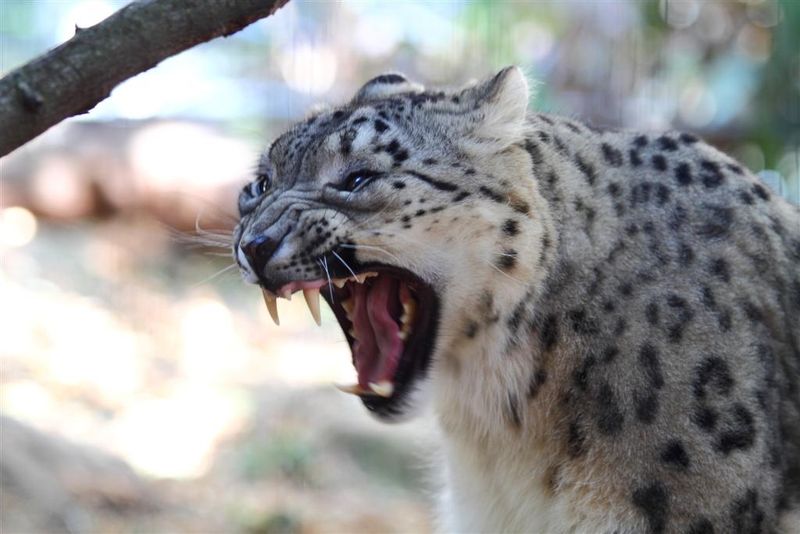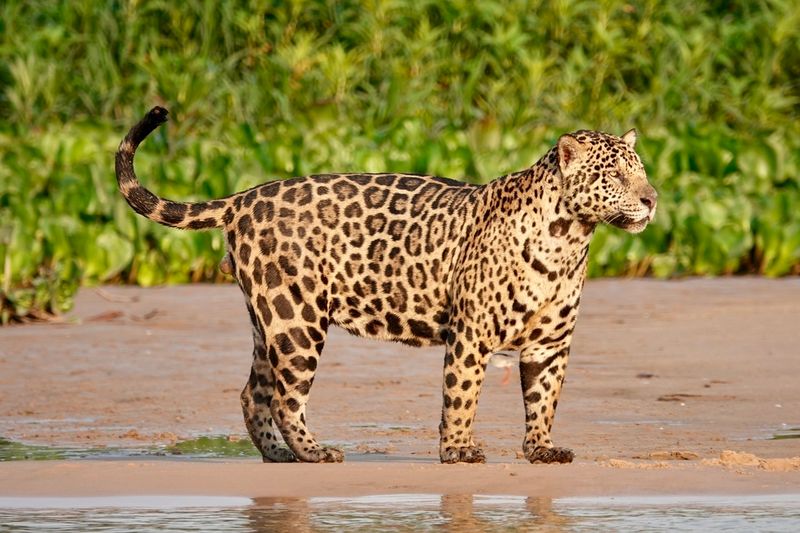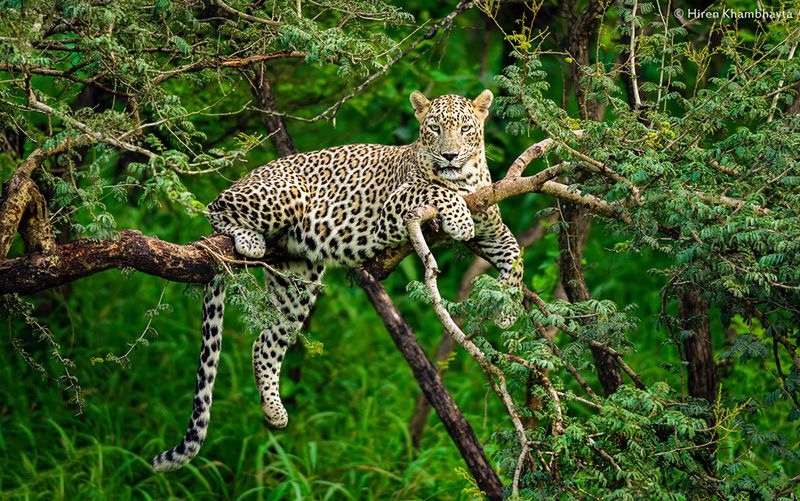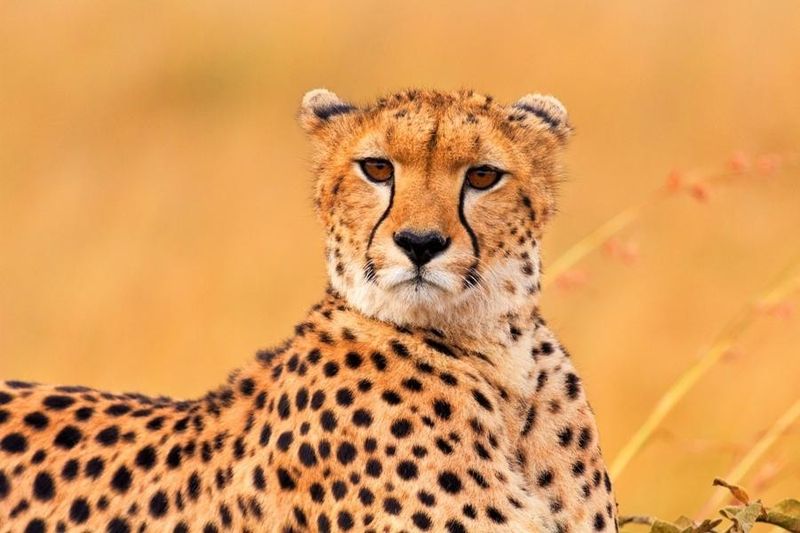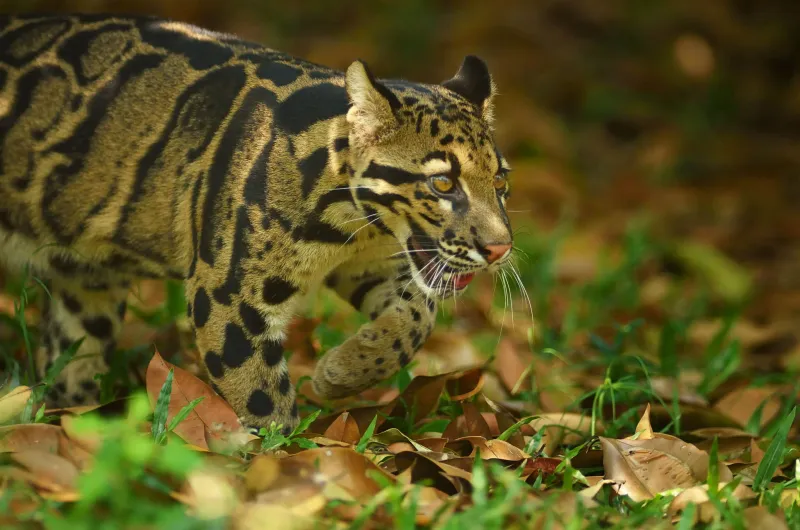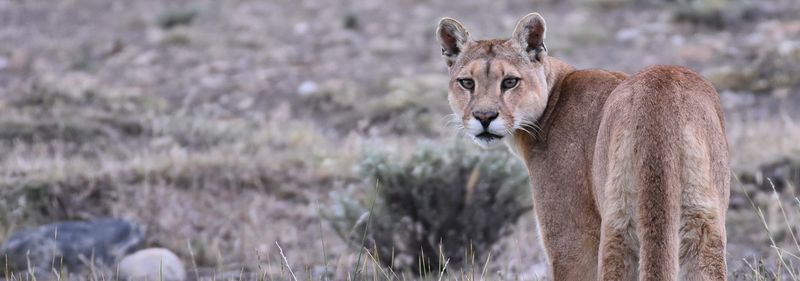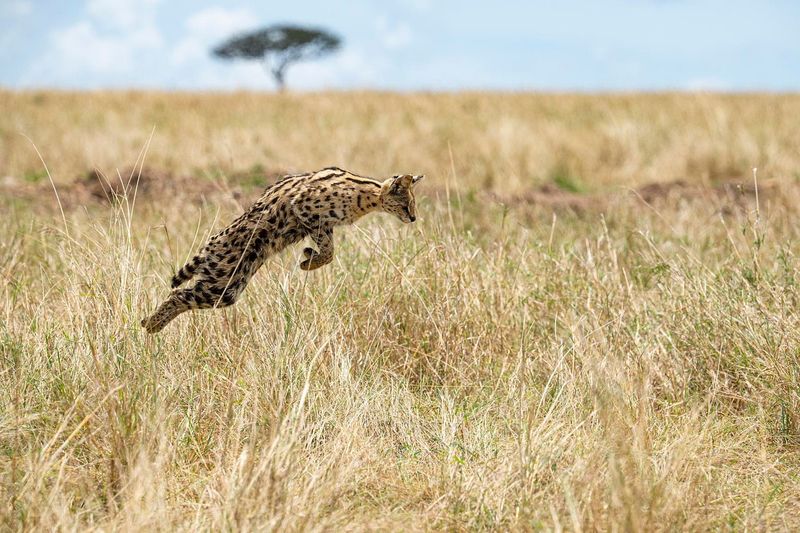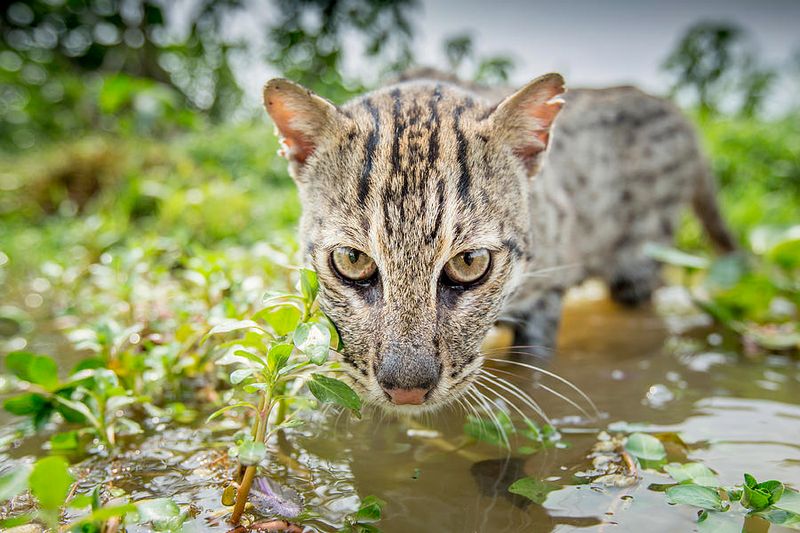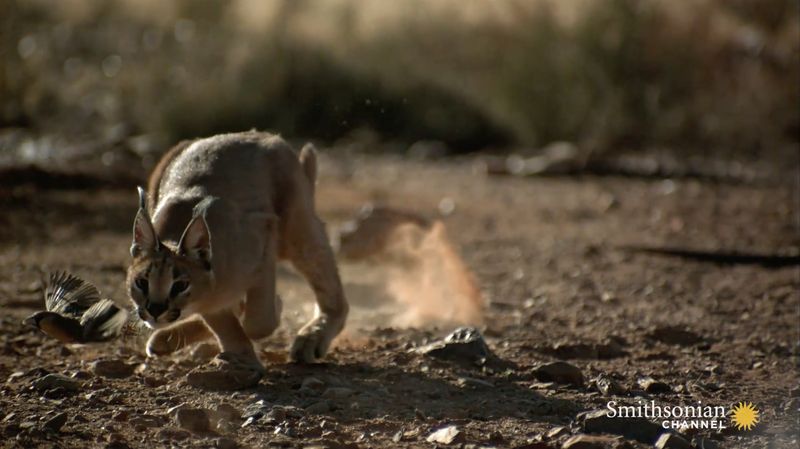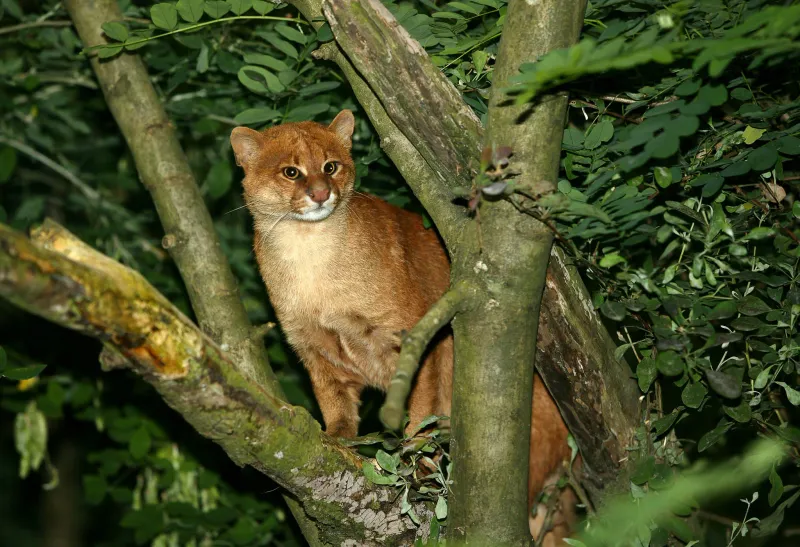📖 Table of Content:
- 1. African Lion (Panthera leo)
- 2. Siberian Tiger (Panthera tigris altaica)
- 3. Snow Leopard (Panthera uncia)
- 4. Jaguar (Panthera onca)
- 5. Leopard (Panthera pardus)
- 6. Cheetah (Acinonyx jubatus)
- 7. Clouded Leopard (Neofelis nebulosa)
- 8. Puma (Puma concolor)
- 9. Serval (Leptailurus serval)
- 10. Fishing Cat (Prionailurus viverrinus)
- 11. Caracal (Caracal caracal)
- 12. Ocelot (Leopardus pardalis)
- 13. Margay (Leopardus wiedii)
- 14. Jaguarundi (Herpailurus yagouaroundi)
Big cats are among the most powerful and awe-inspiring predators in the animal kingdom—but some take hunting to an entirely new level. In this post, we spotlight 14 incredible big cats known for their ability to take down prey much larger than themselves. From the stealthy jaguar to the relentless tiger, you’ll discover how these apex predators use strength, strategy, and sheer determination to dominate the wild. Whether you’re a wildlife enthusiast or just curious about nature’s fiercest hunters, this is one list that will leave you amazed.
1. African Lion (Panthera leo)
With an air of regality, African lions rule the savannah. Known for their coordinated group hunts, they can take down formidable prey like buffaloes and giraffes. Lions rely on teamwork, where each member plays a crucial role in the hunt. Their majestic roars are more than a call; they’re a strategy to encircle and confuse their target. As apex predators, lions have evolved to dominate the landscape, using their keen senses and powerful build. A lion’s pride is not just a family; it’s a formidable hunting unit that ensures their continued survival.
2. Siberian Tiger (Panthera tigris altaica)
In the vast wilderness of Siberia, the Siberian tiger reigns supreme. As the largest tiger subspecies, it boasts immense power, often preying on large ungulates like sambar deer and wild boar. This solitary hunter relies on its stealth and strength to overpower prey in the dense forests. Its striking orange coat provides camouflage amidst the snowy terrain. Siberian tigers are solitary but formidable, known to cover great distances in search of food. Their ability to tackle large prey highlights their dominance in the harsh conditions of their habitat.
3. Snow Leopard (Panthera uncia)
Graceful and elusive, the snow leopard navigates the rugged terrains of Central Asia with ease. Renowned for its leaping ability, it can cover vast distances between rocky outcrops to hunt blue sheep and ibex. The snow leopard’s thick, spotted coat offers perfect camouflage against the snowy backdrop. Despite the challenging environment, its hunting prowess remains unmatched. Adapted to high altitudes, snow leopards blend power and grace seamlessly. Their presence is a testament to nature’s balance, as they maintain the ecological equilibrium in their mountainous domain.
4. Jaguar (Panthera onca)
Deep within the Amazon rainforest, the jaguar prowls with unmatched stealth. Equipped with the strongest bite among big cats, it preys on caimans, capybaras, and deer. Jaguars are known for their skill in water, often ambushing prey near rivers. Their powerful jaws can pierce skulls and shells, ensuring a swift kill. Jaguars are solitary and secretive, their rosette-patterned coats blending into the dappled sunlight of the jungle. As apex predators, they play a crucial role in maintaining the balance of their ecosystem, embodying stealth and power.
5. Leopard (Panthera pardus)
In the heart of the savannah, the leopard moves with unparalleled agility. Known for its strength, it often drags its prey, such as impalas or warthogs, into trees to keep it safe from scavengers. This solitary hunter relies on stealth and surprise, ambushing unsuspecting prey with precision. Leopards display a remarkable ability to adapt, thriving in various habitats across Africa and Asia. Their distinctive spotted coats offer perfect camouflage in diverse environments. As versatile hunters, leopards are masters of both land and tree, displaying a unique blend of power and grace.
6. Cheetah (Acinonyx jubatus)
The cheetah, with its unparalleled speed, stands as the fastest land animal. Built for speed, it hunts primarily smaller ungulates but isn’t afraid to chase larger prey like wildebeest calves and gazelles. Hunting in short bursts, the cheetah relies on rapid acceleration and precision to catch its target. Its slender body, long legs, and distinctive tear-striped face aid in its high-speed pursuits. Despite its prowess, the cheetah’s fragile build makes it vulnerable to larger predators. Yet, its speed remains its greatest weapon, a testament to evolution’s perfect design for efficiency.
7. Clouded Leopard (Neofelis nebulosa)
The mysterious clouded leopard, cloaked in the shadows of Southeast Asian forests, captivates with its unique appearance. Its long canine teeth resemble those of prehistoric cats, allowing it to hunt larger prey like wild pigs and deer. Agile and versatile, it moves effortlessly through the canopy, displaying a mastery of its arboreal domain. Despite its smaller size, the clouded leopard’s strength and stealth make it a formidable predator. Its enchanting cloud-like spots provide camouflage, blending seamlessly into the forest’s dappled light, highlighting nature’s artistry and the cat’s perfect adaptation.
8. Puma (Puma concolor)
The elusive puma, also known as the mountain lion, traverses the wild landscapes of the Americas with grace and power. As a solitary hunter, it preys on deer and elk, showcasing its ability to overpower animals larger than itself. Pumas are adaptable, thriving in diverse habitats from mountains to deserts. Their tawny coat blends with the terrain, providing perfect camouflage. Known for their stealth and strength, pumas are agile and powerful predators. Their ability to cover vast territories and adapt to various environments underscores their resilience and prowess as hunters.
9. Serval (Leptailurus serval)
In the tall grasses of Africa, the serval prowls with an air of mystery. Renowned for its long legs and large ears, it has an acute sense of hearing, enabling it to detect prey from a distance. Servals often hunt small mammals, birds, and occasionally young gazelles. Their unique ability to leap high into the air allows them to catch birds in flight, demonstrating their agility and precision. Despite its slender build, the serval is a skilled and versatile hunter, thriving in various landscapes across Africa, a testament to its adaptability and keen hunting instincts.
10. Fishing Cat (Prionailurus viverrinus)
Along the waterways of Southeast Asia, the fishing cat prowls with remarkable skill. This adept hunter is specially adapted to capture fish, using its webbed paws to scoop prey from the water. Despite its name, the fishing cat’s diet includes water birds and small deer. Its powerful build and keen senses make it a formidable predator, even in water. As a solitary creature, it thrives in wetland habitats, showcasing its unique hunting techniques. The fishing cat is emblematic of nature’s adaptability, thriving in aquatic environments, a rare trait among felines.
11. Caracal (Caracal caracal)
With its striking tufted ears, the caracal epitomizes elegance and agility in the African savannah. Known for its incredible jumping ability, it often catches birds mid-flight and preys on small mammals and antelopes. The caracal’s powerful hind legs propel it to impressive heights, a skill honed for survival in open landscapes. Solitary by nature, it relies on stealth and surprise to ambush prey. Its tawny coat blends seamlessly with the surroundings, providing perfect camouflage. The caracal remains a symbol of grace and power, its hunting prowess unparalleled in its habitat.
12. Ocelot (Leopardus pardalis)
In the dense jungles of Central and South America, the ocelot moves with a silent grace. Its beautifully patterned coat offers perfect camouflage in the dappled light of the forest. These nocturnal hunters rely on stealth and patience, preying on animals like rabbits and small deer. The ocelot’s sharp senses and agile movements make it a successful predator in its lush environment. Solitary and secretive, ocelots are rarely seen, their elusive nature adding to their mystique. Their role in the ecosystem is vital, maintaining the balance of predator and prey within their habitat.
13. Margay (Leopardus wiedii)
High in the treetops of the South American rainforest, the margay exhibits extraordinary agility. Unlike many of its feline relatives, it spends much of its time in trees, hunting birds and monkeys. The margay’s flexible ankles and long tail provide balance and dexterity, making it a remarkable climber. Its spotted coat serves as effective camouflage in the forest canopy. As a solitary hunter, it relies on stealth and surprise to catch its prey. The margay’s arboreal lifestyle highlights its unique adaptation to its environment, showcasing the diverse strategies of big cat hunting.
14. Jaguarundi (Herpailurus yagouaroundi)
The jaguarundi, with its sleek, elongated body, navigates the dense thickets of the Americas with ease. Its unique appearance, resembling a weasel more than a typical cat, belies its hunting prowess. Jaguarundis are versatile hunters, preying on birds, rodents, and small deer. Their adaptability allows them to thrive in various habitats, from forests to scrublands. Known for their agility and curiosity, jaguarundis are adept at ground and arboreal hunting. Their reddish or grayish coat provides effective camouflage, enabling them to stalk prey undetected, a testament to their evolutionary success.
